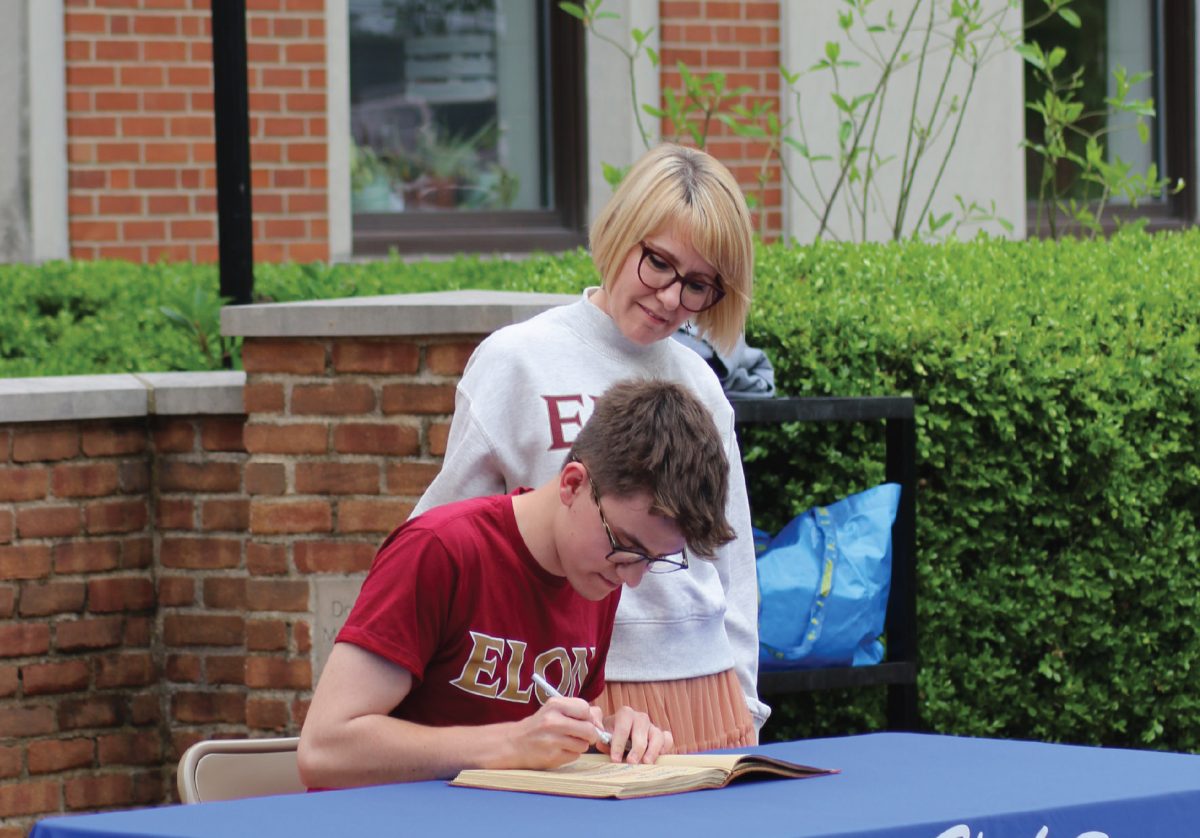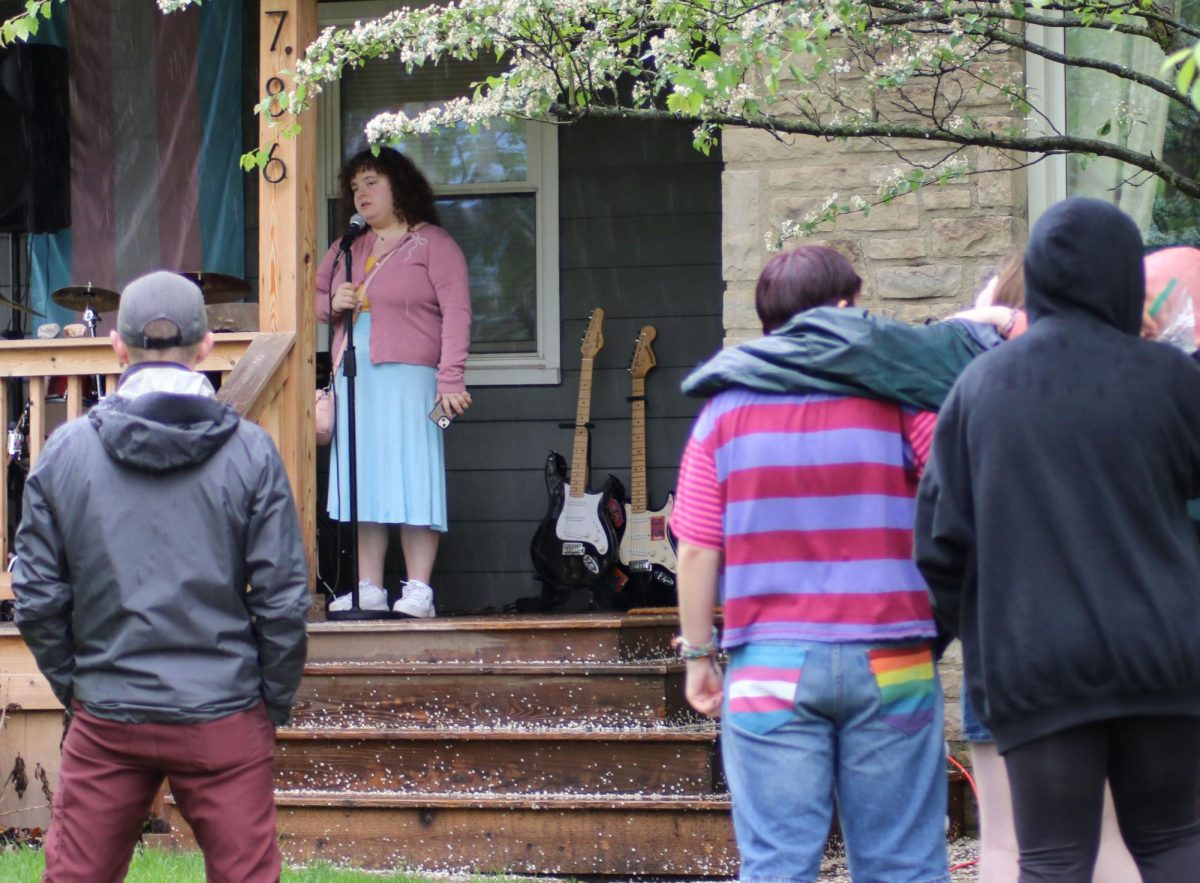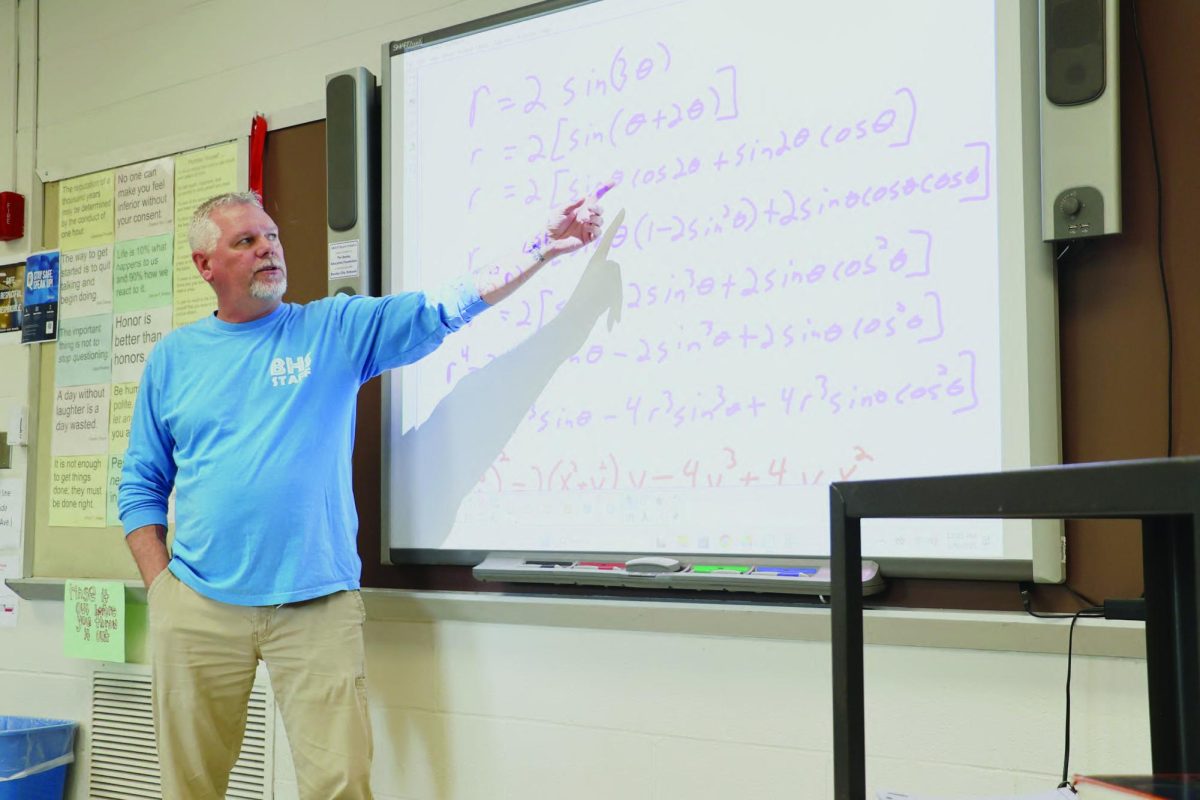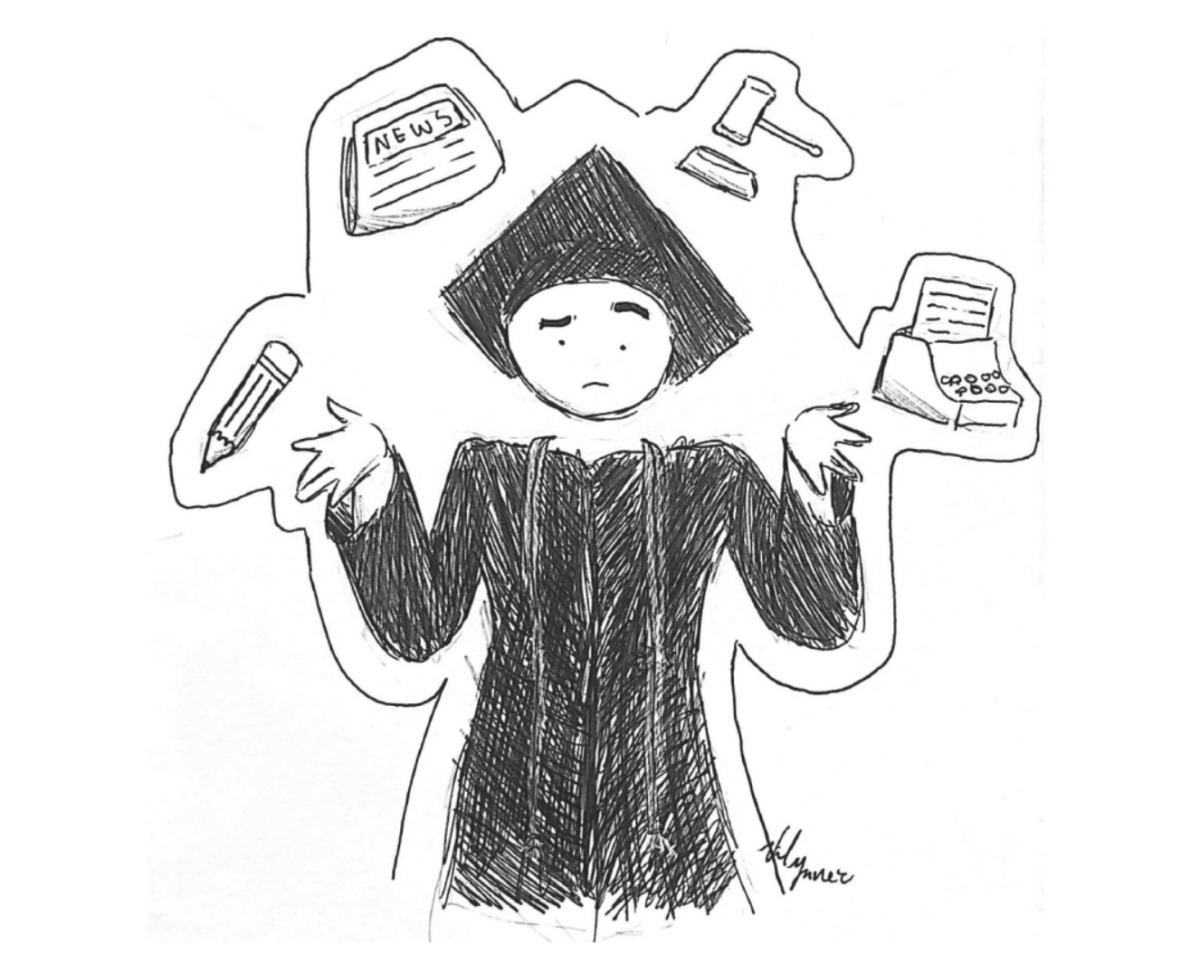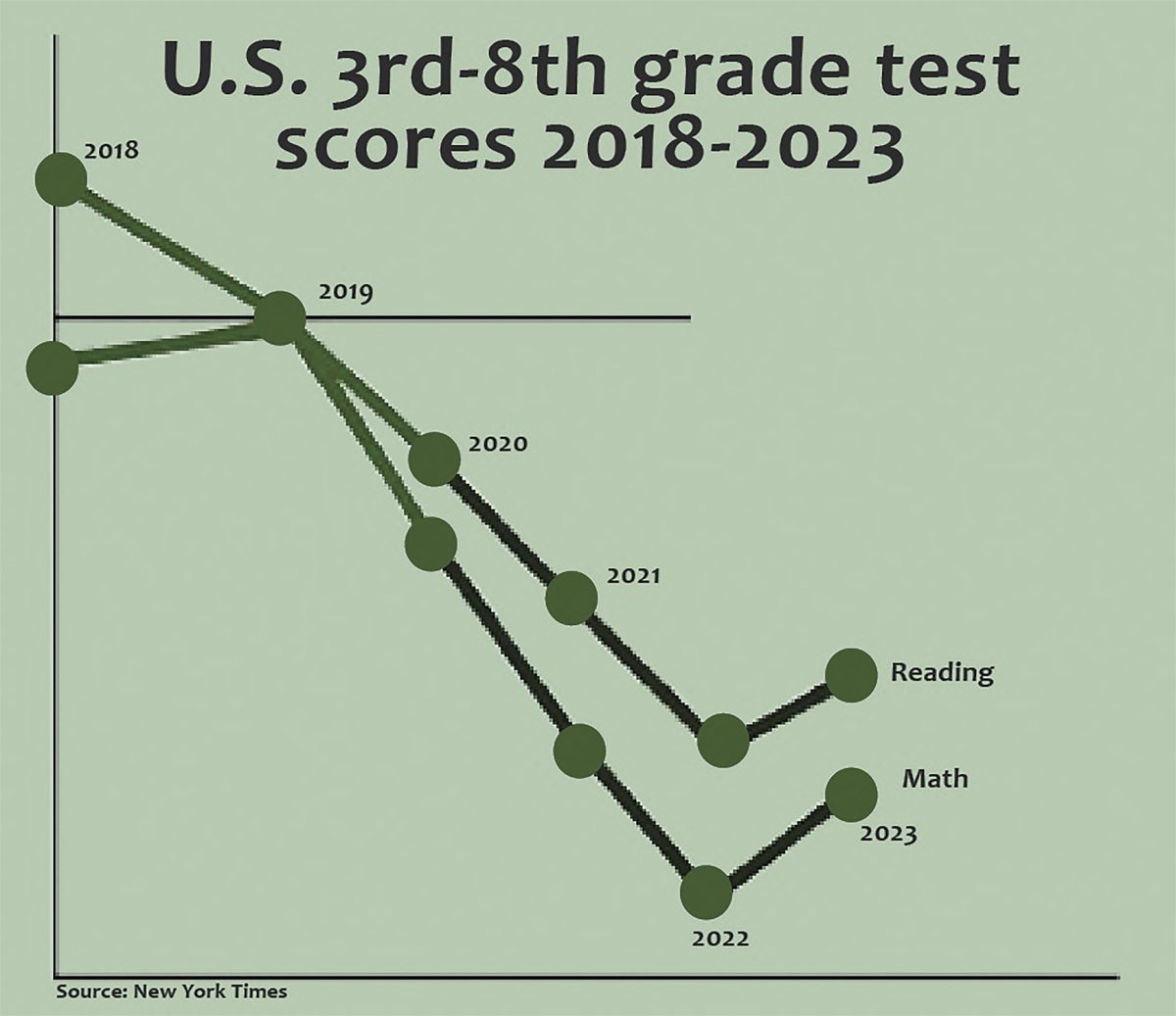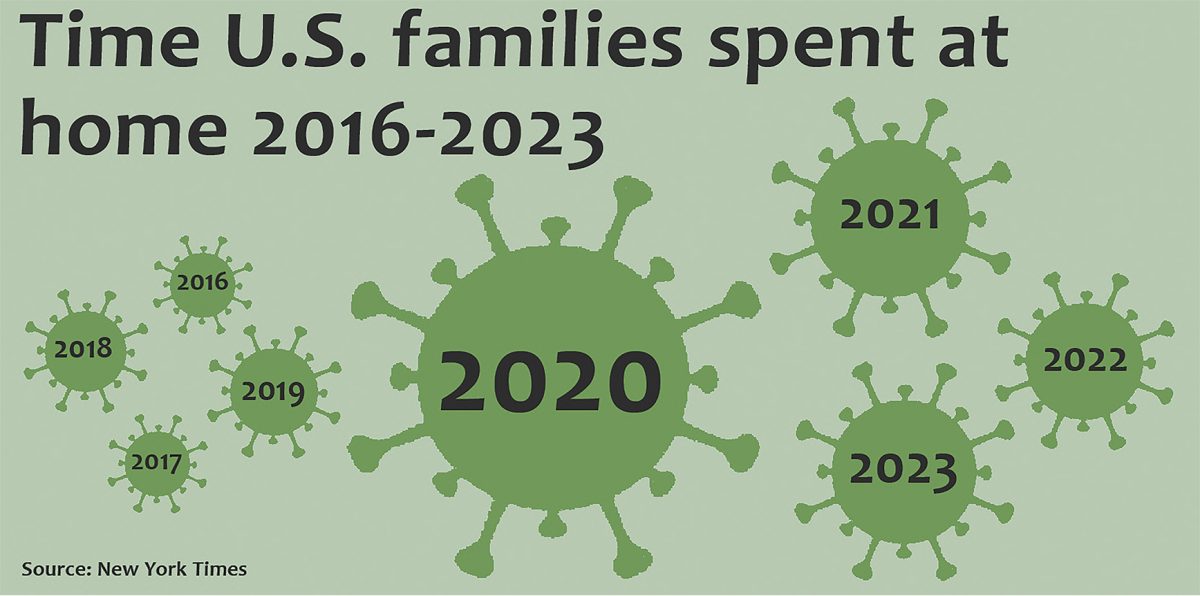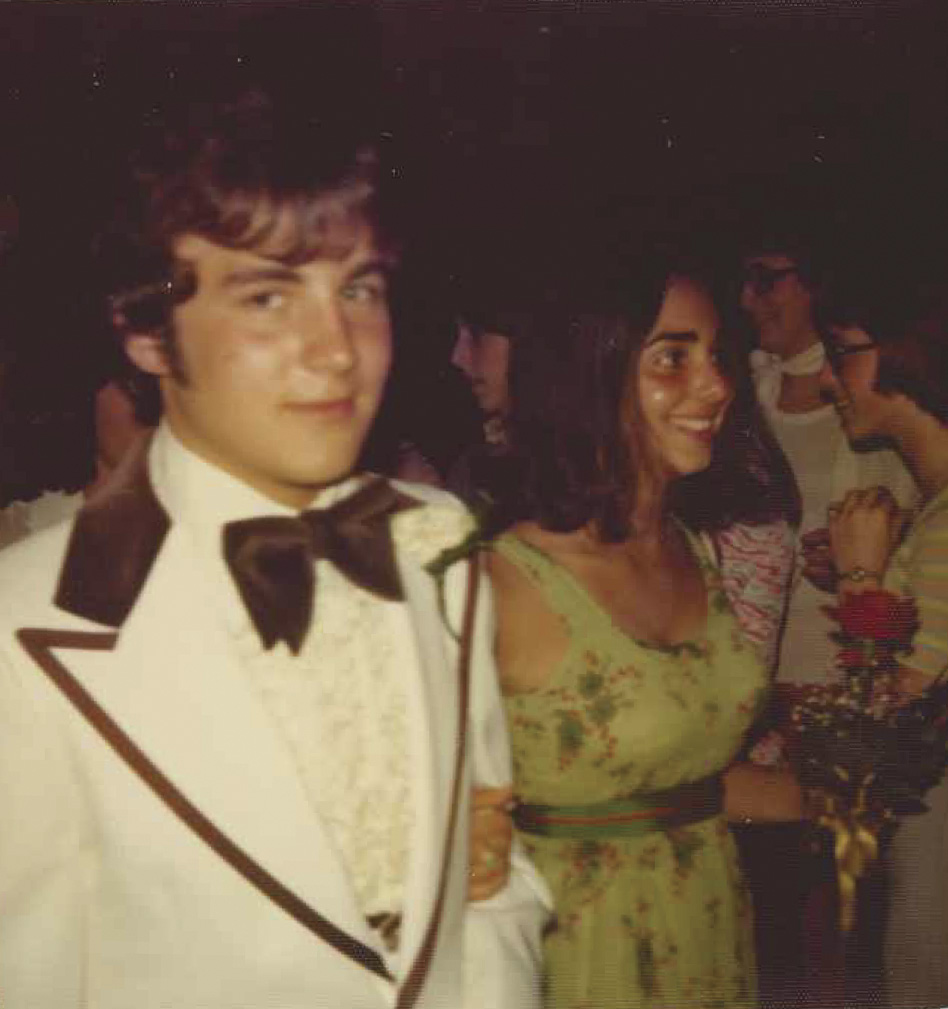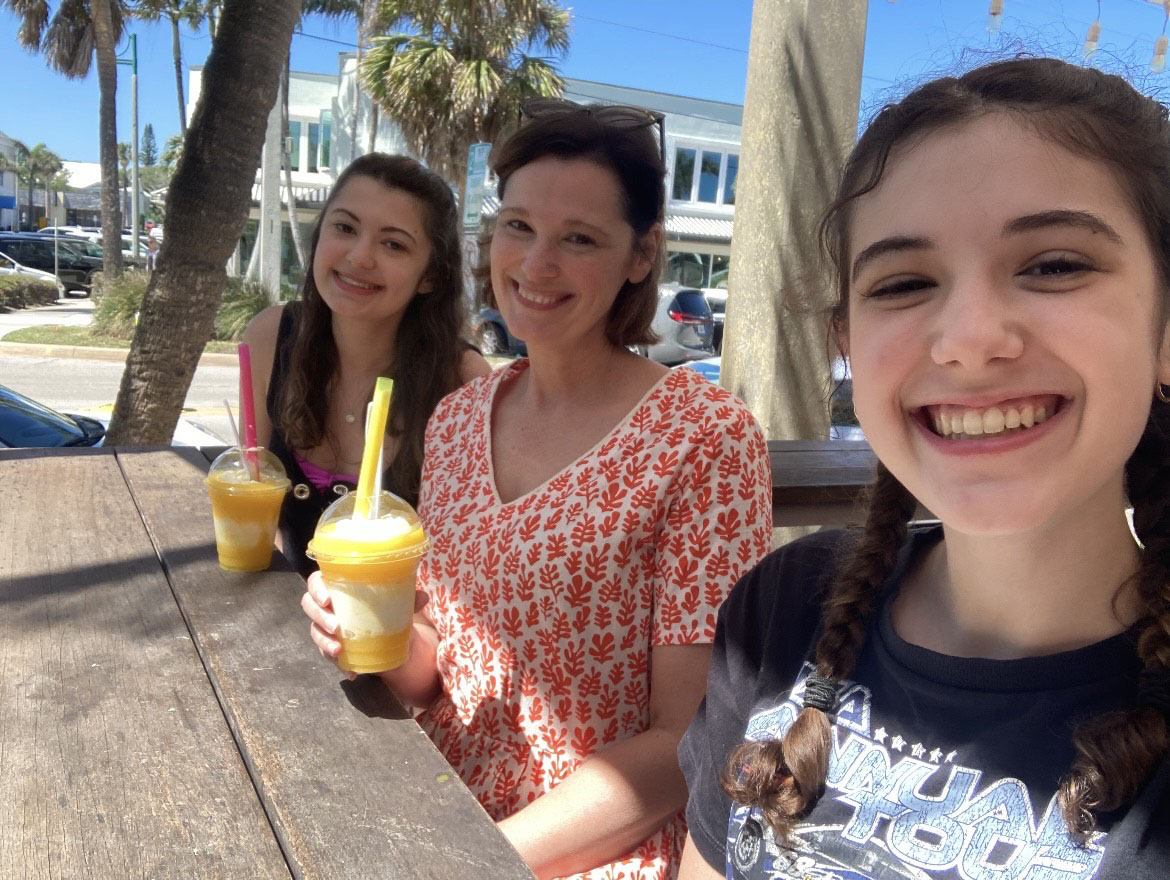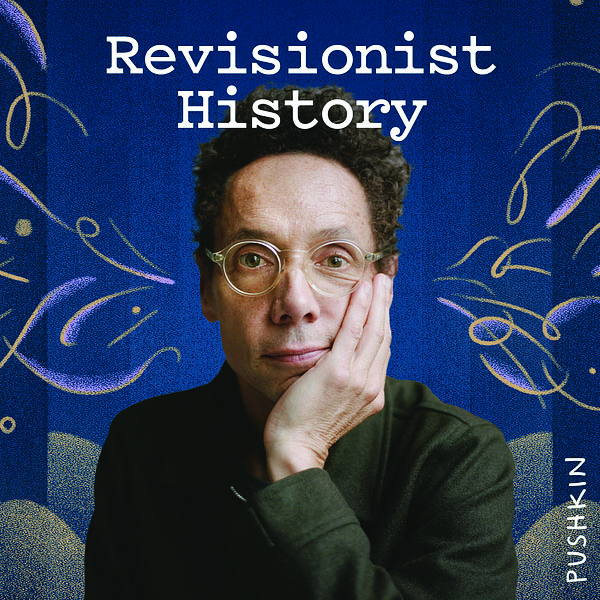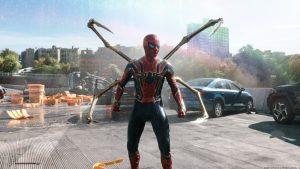
Following much anticipation for the continuation of the SpiderMan series, “Spider-Man: No Way Home” was released Dec. 17, and it did not disappoint. From Marvel connoisseurs to new fans, the commotion around the movie has been greater than that of any of the recent “Spider-Man” films. Aside from an unsatisfying ending, the attention is well deserved.
While the plot is engaging on its own, there are several other aspects that successfully tie the movie together. These include the acting, graphics, character development, romantic subplots and parallels between it and the two previous “Spider-Man” movies: “Spider-Man: Homecoming” and “Spider-Man: Far from Home.”
The movie begins where “Spider-Man: Far from Home” left off, when Spider-Man’s identity as Peter Parker (Tom Holland) is revealed. When the realization that his identity is no longer anonymous sets in for Parker, the audience watches him take drastic measures to reverse this reality. As a result, viewers begin the movie in suspense, already absorbed in the plot, eager to see what the next scene will bring.
Unfortunately, Parker’s attempt to achieve this goes very wrong and sets the scene for the rest of the movie. The uncertainty and intensity of the beginning of the movie is successful in engrossing the audience, drawing them in for the duration of the film.
Although the name SpiderMan has been associated with several faces in the past, such as Andrew Garfield and Tobey Maguire, Holland takes the spotlight as Spider-Man in this film. Along with Holland, the other main characters include his Aunt May (Marisa Tomei), best friend Ned Leeds (Jacob Batalon) and girlfriend MJ (Zendaya). The development of these characters adds another level of emotional connection between them and the audience. This connection grows through observing how Parker cares for each character, leading the audience to form attachments as each character goes through their own hardships.
Not only do the characters develop individually, but they also grow within the romantic subplots. These include romances between MJ and Parker, as well as between May and Happy (Jon Favreau), causing the audience to root for the success of these couples.
These relationships began in the previous “Spider-Man” movie and were a key aspect that returning viewers were looking forward to seeing grow and develop. The relationships take unexpected turns throughout the movie, causing viewers to become more invested as the film progresses.
The graphics in each scene add another enthralling element to further engage the audience. From the details of each villain and their unique characteristics to Dr. Strange’s sanctum, every scene contains distinct details that catch the viewer’s eye.
Each villain has a backstory regarding how they acquired their powers from their respective dimensions, and these stories play a more important role in the progression of this movie than in past “Spider-Man” films. These backstories help frame how they are portrayed both in personality and in costume.
Furthermore, the famous postcredits scene after each Marvel movie leaves viewers with a cliffhanger so the audience can look forward to the next “Spider-Man.”
I recommend those who have yet to watch a Marvel movie to begin now, starting with this new masterpiece
